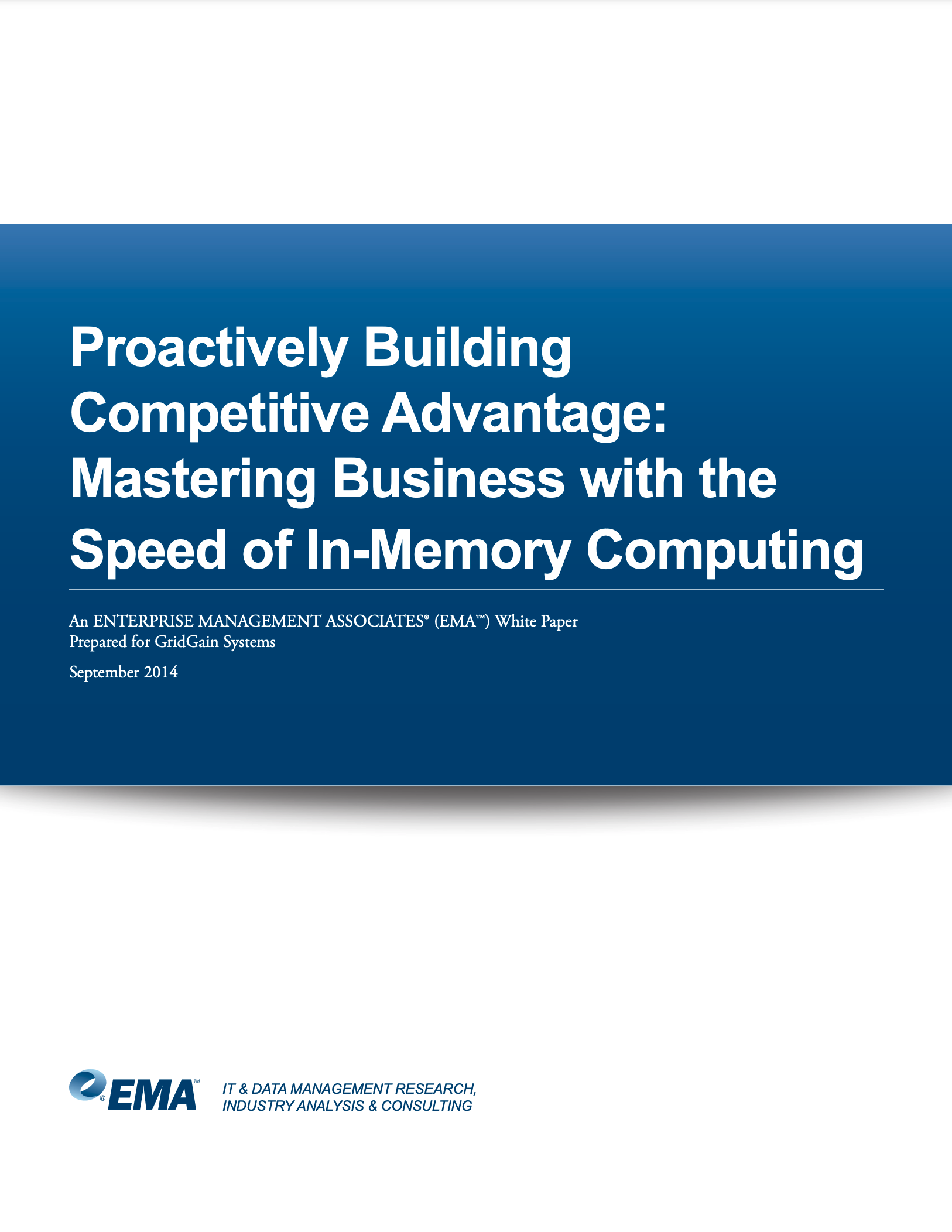Proactively Building Competitive Advantage: Mastering Business with the Speed of In-Memory Computing
By reducing the latency in operational and analytical processing, organizations can move from a traditional information strategy that often looked backward at the events that happened to a more proactive approach that allows organizations to capitalize on events as they occur and even predict what may happen next. This change to a more proactive operational mindset can improve their businesses by increasing their revenues, lowering their costs or improving their overall margins.
Three industries where decreased latency can be effective are:
- Financial Services: Companies are moving beyond “simple” compliance associated with regulatory reporting on a quarterly or annual basis to using that same information to actively manage investment strategies.
- Consumer Package Retailing: Organizations are using faster decision making to change the nature of their businesses from the tactical management of supply chains to proactive and coordinated delivery of the right product to the right customer within a profit profile.
- Utilities: Using information from operational sources, the Utilities raise their level of service and profitability from meeting bare government mandated service level agreements to optimized generation and distribution of electricity.
Recent advances in in-memory processing technologies offer the ability to meet these near-realtime processing challenges. Complete the form to the right to download Enterprise Management Association's thorough coverage of how In-Memory Computing and Data Fabric technology are driving the growth of industries like finance, utilities and consumer retailing.
